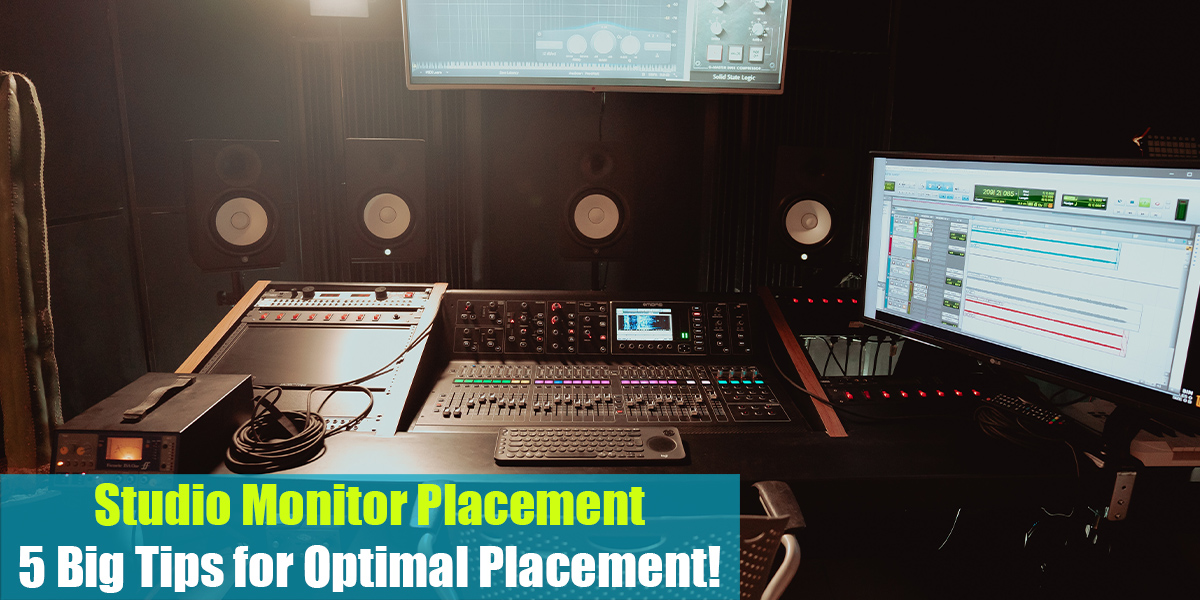What Is Hi-Fi Audio
Introduction
You’ve been thinking about investing in high-quality audio equipment for a while now. After researching your options and weighing the pros and cons, you’ve decided to take the plunge and purchase a complete hi-fi system. Congratulations on stepping into the world of high-fidelity music!
One of the greatest benefits of a hi-fi system is its ability to be customized to fit your exact preferences. Each component in your setup has a specific job, allowing it to perform that role exceptionally well. This means you’ll enjoy recordings that sound much better overall.
Start by thinking about the kinds of music you love to listen to. If you have a large library of digital music files or often use streaming services like Spotify or Apple Music, it’s worth considering a network player for your system.
If you’ve recently started collecting vinyl records, you’ll need a record player to get the most out of them. The beauty of a hi-fi system is its flexibility—it can be tailored to suit your unique needs.
In this guide, we’ll explore the history and current uses of high-fidelity audio, and help you decide if high-fidelity equipment is right for you.
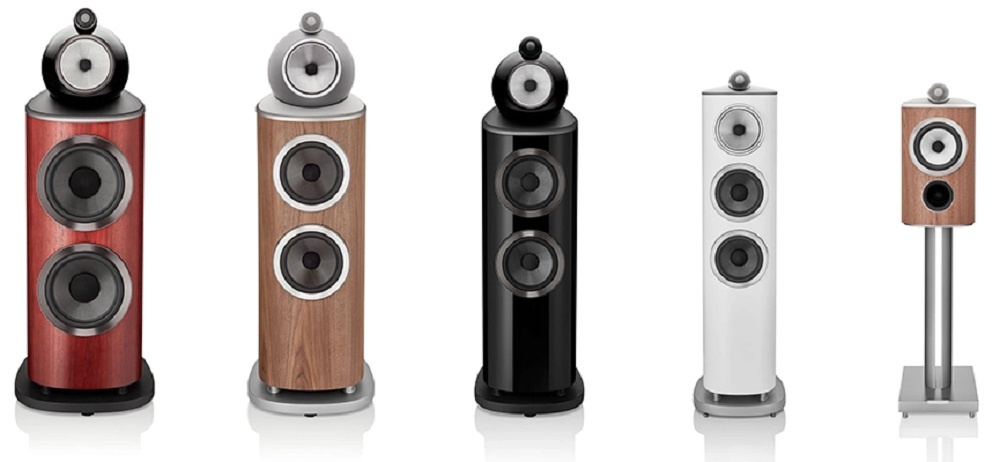
The History Of Hi-Fi audio
Let’s travel back to 1954—a year filled with remarkable events. “From Here to Eternity” won the Academy Award, Ernest Hemingway received the Nobel Prize for Literature, Elvis Presley recorded his first commercial song, and Yamaha introduced the world to hi-fi for the very first time.
Hi-Fi, which stands for “High Fidelity,” was pioneered by Yamaha. Their HiFi Player was one of the first stereo record players and the first component to be labeled “Hi-Fi.”
Hi-Fi components are the best way to enjoy music and sound, whether you’re a dedicated audiophile or just someone who loves great music. Looking at how far Hi-Fi has come—and exploring the connection between its traditions and the future—offers a fascinating perspective.
Before the 1940s, most music was noisy and distorted. Hi-Fi audio stood out from the poor-quality telephone wire recordings and AM radio broadcasts of the time, which were limited by their recording methods.
With the introduction of the HiFi Player in 1954 and improvements in recording quality, music lovers realized that using separate components—like radio tuners, preamplifiers, power amplifiers, turntables, and loudspeakers—created a better listening experience than all-in-one products. In the early days, “Hi-Fi” became synonymous with audio components built to reproduce sound accurately.
When CDs came along in the late 1980s, digital audio technology eliminated much of the noise and imperfections of analog recordings, and the definition of Hi-Fi evolved once again.
Today, it’s essential to consider both the studio and the listener’s experience in the music production process. This balance is at the heart of Hi-Fi in the digital age.
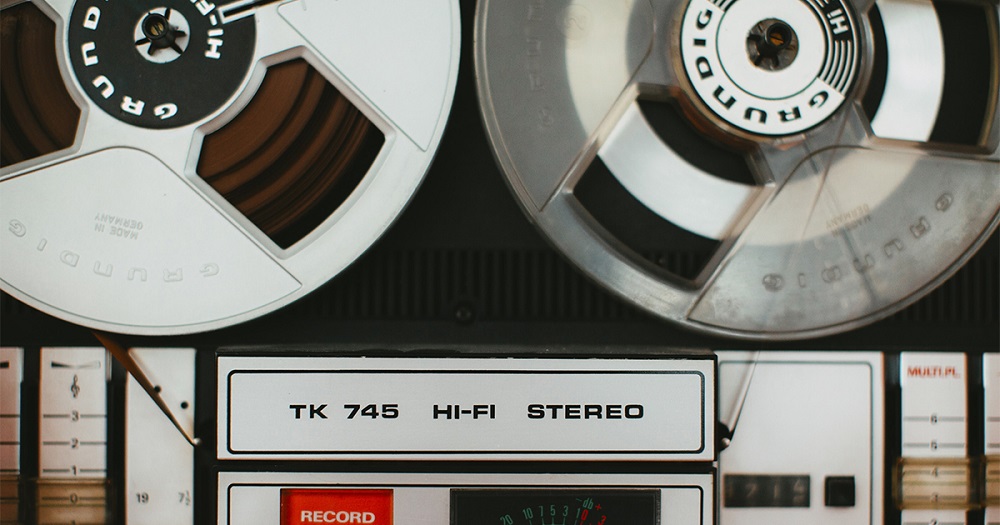
What Is High-Fidelity (Hi-Fi) Audio?
Many audio enthusiasts and marketing teams use the term “Hi-Fi,” or high fidelity, to describe the ultimate way to listen to recorded media and music. Since its introduction in the early 20th century, the concept of Hi-Fi has evolved dramatically. Even after more than a century, it remains relevant, though often vaguely defined.
Hi-Fi refers to high-fidelity sound. The term was first used in the 1950s to describe images and audio in their purest form.
A Hi-Fi system is designed to reproduce sound as closely as possible to the original recording. The goal is to hear the music exactly as the artist intended. Hi-Fi equipment includes speakers, headphones, DACs, amplifiers, preamplifiers, cables, and other components.
Hi-Fi audio systems can reproduce sound that is very close to the original, with minimal background noise. With a Hi-Fi system, it is possible to recreate the acoustics of a live musical performance. Listening to Hi-Fi audio can feel almost like experiencing a live musician.
Today, the term “Hi-Fi” is used to describe speakers, televisions, DVD players, and surround sound systems that deliver high-quality acoustics.
An audio recording is considered high-fidelity if it has a bit depth and sampling rate of at least 24-bit, 48kHz. For comparison, a CD’s sampling rate and bit depth are 16-bit and 44.1kHz.
A higher sampling rate and bit depth mean more audio information is captured, resulting in sound that is more detailed and realistic.
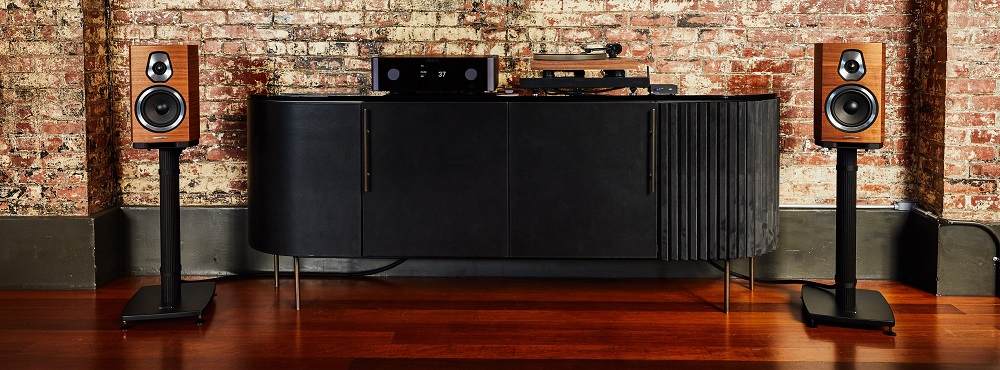
Why is Hi-Fi Audio so Popular?
In the digital age, high-quality, high-fidelity music still matters to millions of listeners around the world.
Hi-fi audio is about more than just impressive specifications. What matters most is how the music sounds—alive, warm, clear, and free from distortion. Every detail of our audio products is designed to ensure that nothing interferes with your listening experience. Not only is the amazing sound captured, but it is delivered with precision as well.
People who seek the highest quality audio are called audiophiles. For them, hi-fi audio equipment and hi-fi streaming services consistently exceed expectations.
To achieve true high-fidelity sound, you need specialized speakers. Hi-fi speakers are built from high-quality materials and have carefully engineered internal structures to minimize resonance, interference, and mechanical noise. Their goal is to keep the playback as faithful as possible to the original studio recording. These speakers are more durable—but they also come with a higher price tag.
At live events, amplifiers play a key role in sound quality. Reliable systems use components that generate minimal interference, such as electrostatic-proof power converters. High-quality cables are also essential to ensure flawless sound transmission from the amplifier to the speakers.
Many music lovers dream of owning a hi-fi audio system for its exceptional sound quality, even though it often comes at a higher cost.
If you are a musical purist, a traditional hi-fi system might bring you the most satisfaction. This setup usually includes an amplifier, turntable, radio, CD player, digital-to-analog converter, and powerful speakers. Keep in mind that you’ll also need enough space to accommodate all these components.
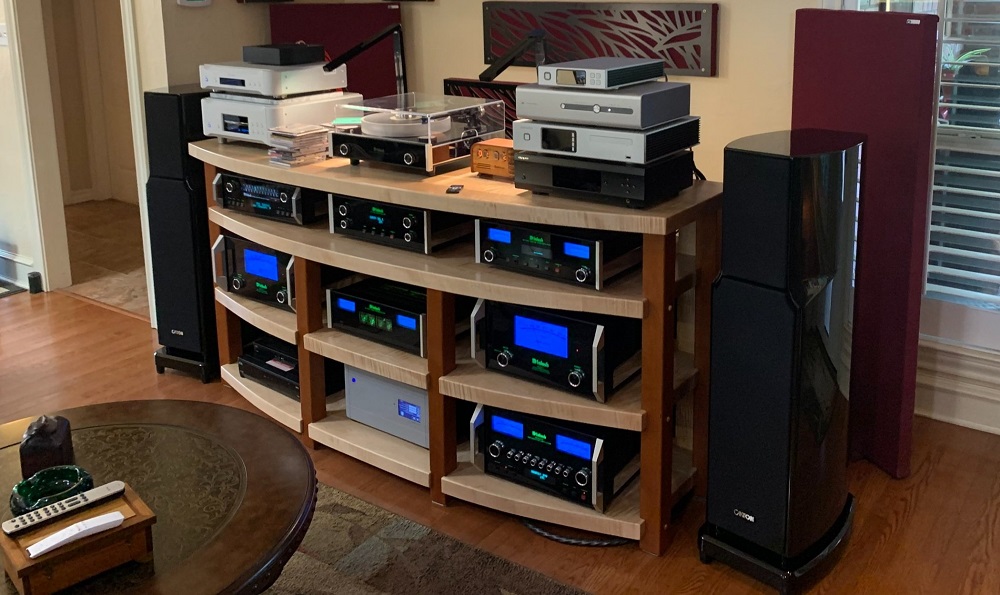
Pros and Cons of Hi-Fi Audio
Like anything else, hi-fi audio has its own set of pros and cons. Keep these points in mind when deciding whether to upgrade to high-fidelity sound.
Pros
- Higher overall audio quality: Compared to low or medium-resolution audio files, hi-fi audio usually delivers crisper, clearer sound, allowing you to hear details much more easily.
- Greater accuracy: Analog audio especially stays much truer to the original sound and soundstage than lower-resolution formats do.
- A better listening experience: Thanks to the clarity and precision of hi-fi audio, listeners can enjoy music just as the composer or performer intended.
Cons
- Limited availability: Hi-fi audio is mostly offered by specialized services like Tidal, and isn’t widely available on popular streaming platforms like Spotify or Apple Music.
- Compatibility issues: Most popular music library software, like iTunes, doesn’t support these high-resolution formats—you’ll need extra software to play hi-fi files at higher sample rates and bit depths.
- Large file sizes: Hi-fi audio files are big and can quickly use up storage space on your computer or other devices.
Conclusion
That’s all there is to it! We’ve covered everything you need to know about high-fidelity audio and how it can transform your listening experience. Now that you’ve learned the essentials, you’re ready to enjoy music on a whole new level.
However, just as you can’t become an expert cyclist by reading a book, you can’t become a great musician—or truly appreciate Hi-Fi—by reading articles alone. Now is the time to take action! Put what you’ve learned into practice.
Like similar terms such as HD audio, “high-fidelity” is not just a marketing label tied to certain formats or specs. The real goal is to create sound that’s accurate, pleasant, and detailed. Early pioneers like Avery Fisher simply wanted to reproduce music the way they believed it should be heard—with cleanliness, accuracy, and enjoyment.
Audiophiles often talk about flat, balanced sound profiles, open-backed headphones, and lots of other features they love in their Hi-Fi systems. There’s no doubt these are important parts of a high-fidelity listening experience.
Having a “Hi-Fi attitude” means being open to trying different products until you find the sound that suits you best. For studios, it’s all about creating the highest quality, best-sounding masters possible.

